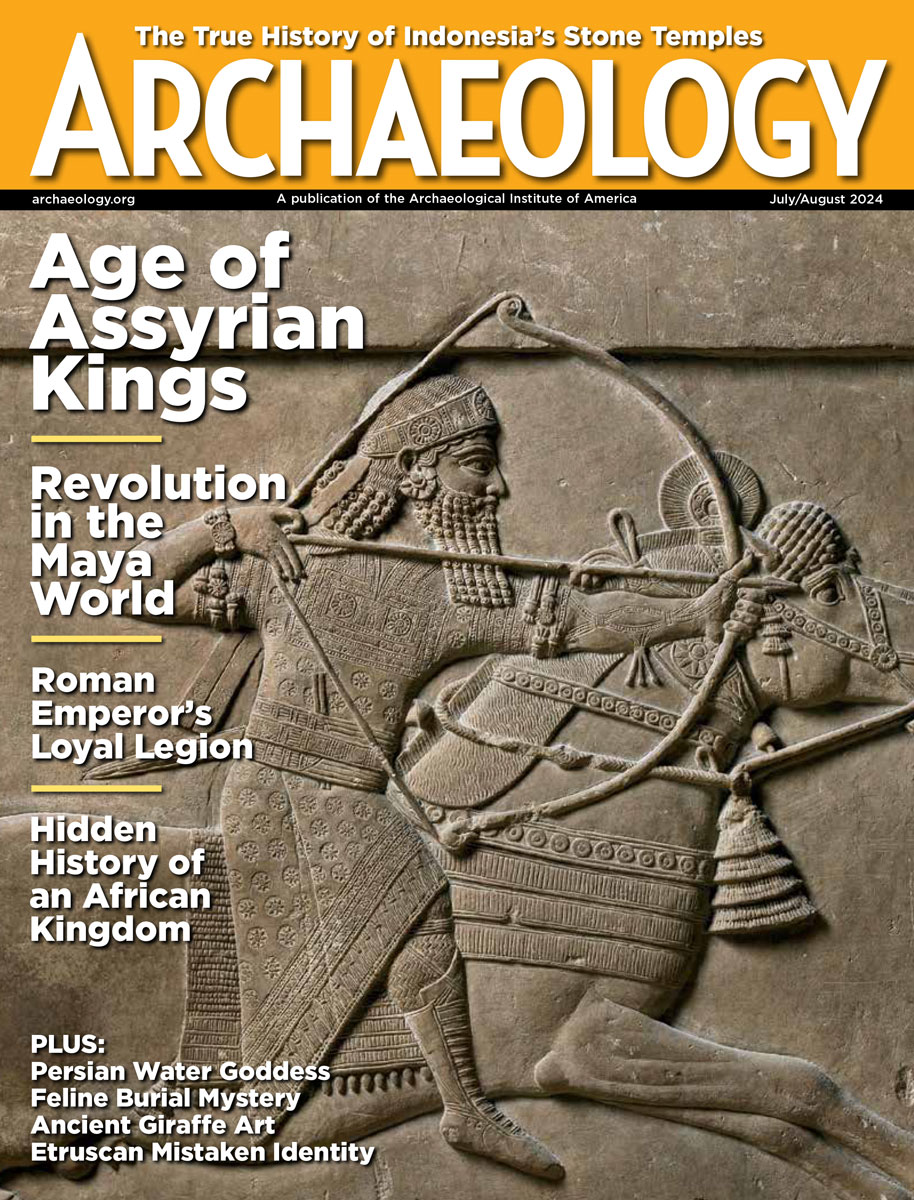Wednesday, November 26
November 26, 2008
Dubai customs inspectors seized 128 artifacts, including pottery, jewelry, and coins, from a boat entering the country. “These antiquities are moved from country to country to mislead the people trying to trace them,” said Ahmed Butti Ahmed, director of Dubai Customs. Some say the objects may have been smuggled out of Iraq.
The wreck of the slave ship Trouvadore has been identified off the coast of the Turks and Caicos Islands. More than 190 Africans survived the sinking in 1841 and escaped to the British-ruled islands, where slavery was illegal. “The people of the Turks and Caicos have a direct line to this dramatic, historic event – it’s how so many of them ended up being there,” said Don Keith of Ships of Discovery.  Â
A 5,500-year-old settlement and 19 burials have been discovered near Nazca, Peru, according to a report in the Latin American Herald Tribune. Carved bones and snail shells, deer horns, and shell necklaces and bracelets were found in some of the graves. Â
Don’t miss the latest news from Johnson’s Island Civil War POW Camp, now in the online features section of the ARCHAEOLOGY website. Archaeologist Dave Bush continues his work at the site, where more than 10,000 Confederate officers were imprisoned between 1862 and 1865. Â
Paleolithic people living in central China may have worn red clothing, according to archaeologist Li Zhanyang, who found more than 20 pieces of hematite and bone needles near an ancient lake bed. Â
Military personnel returning from war are discussing Greek tragedies written by Sophocles in a program called the Warrior Resilience Conference. Brig. Gen. Loree Sutton says that the plays can be reassuring to a soldier, “that I am not alone, that I am not going crazy, that I am joined by the ages of warriors and their loved ones who’ve gone before me.” Â
Howard Carter opened Tutankhamen’s tomb 86 years ago today. Â
The supposed Basque symbols and words etched into third-century A.D. pottery are fakes, according to a committee of experts in Spain. “They are either a joke or a fraud,” said prehistorian Martin Almagro.
 Happy Thanksgiving! See you on Monday, December 1.Â
- Comments Off on Wednesday, November 26









